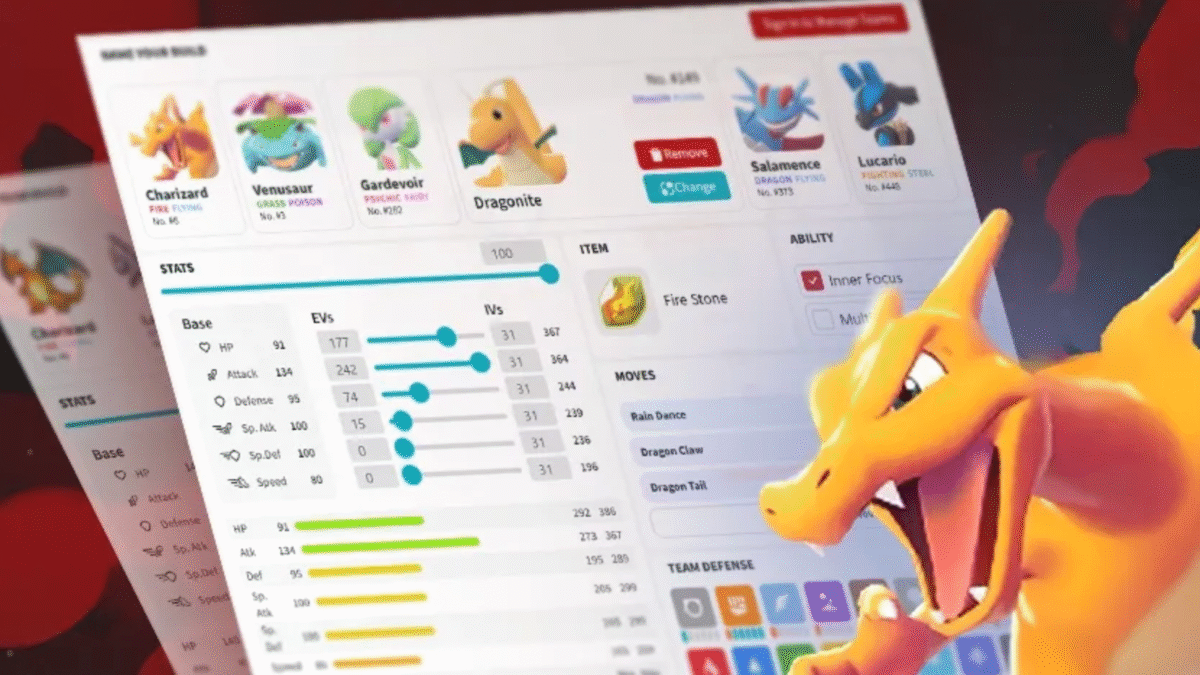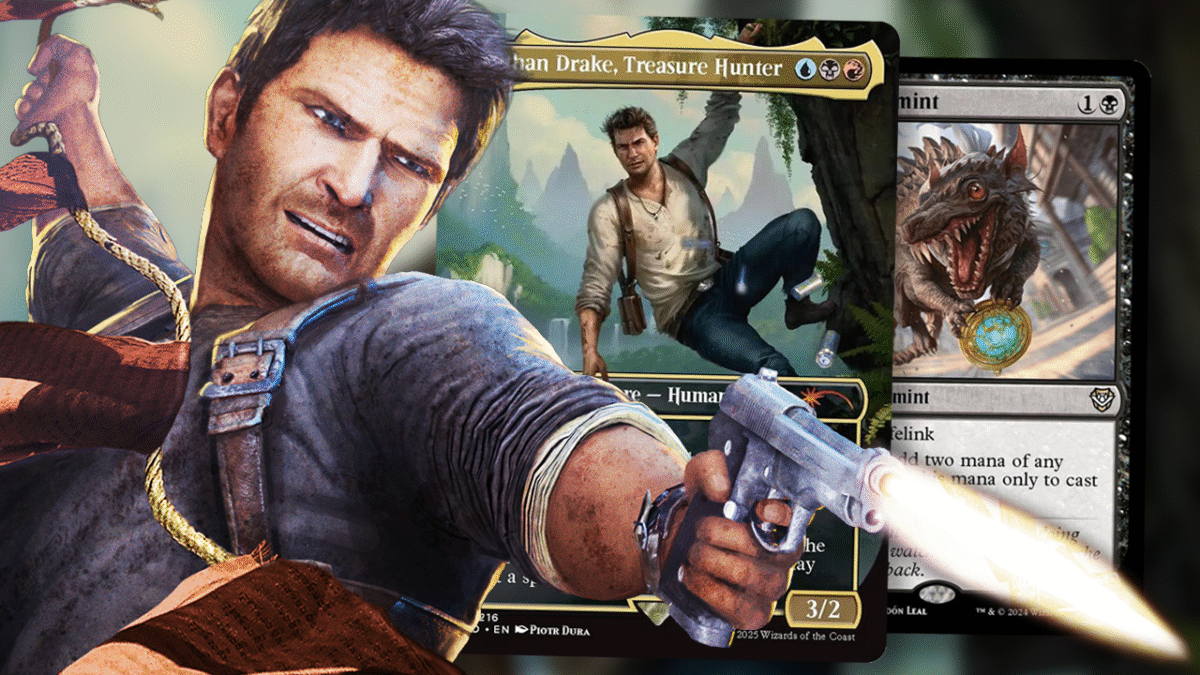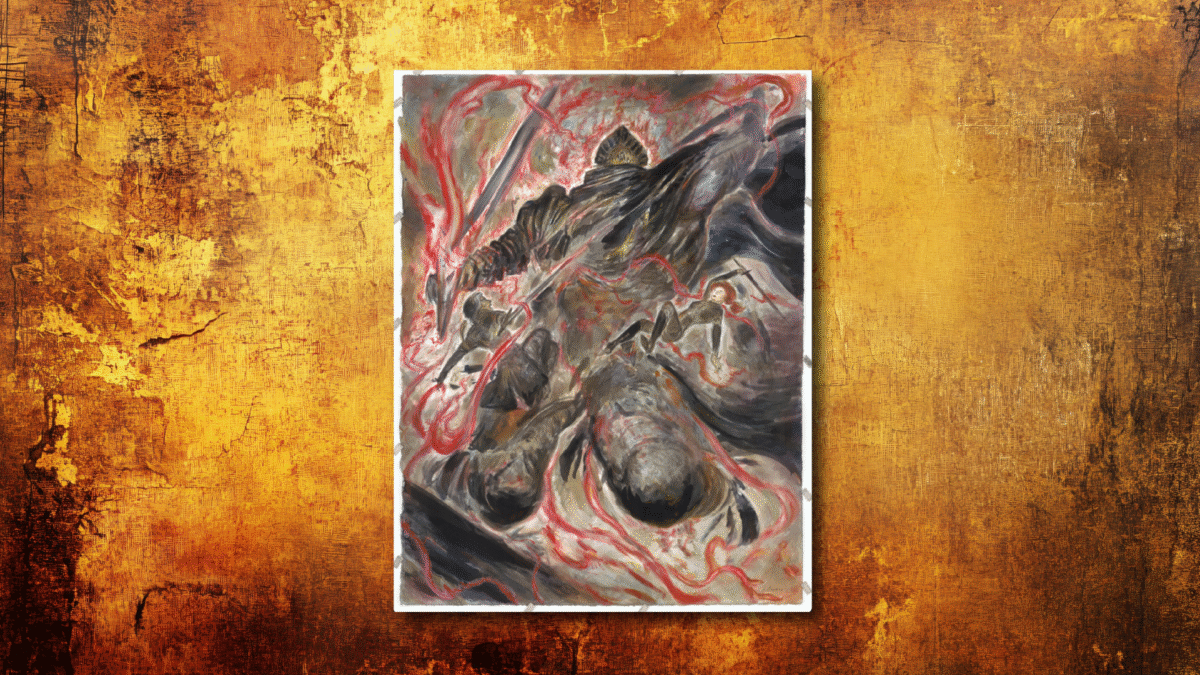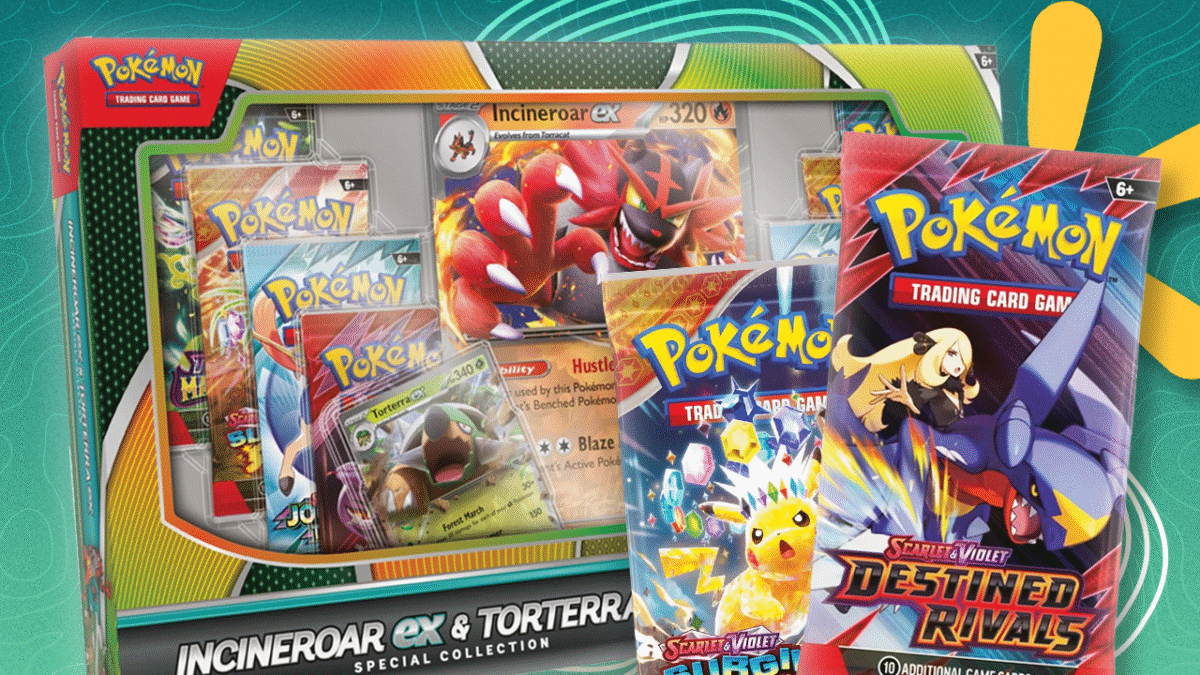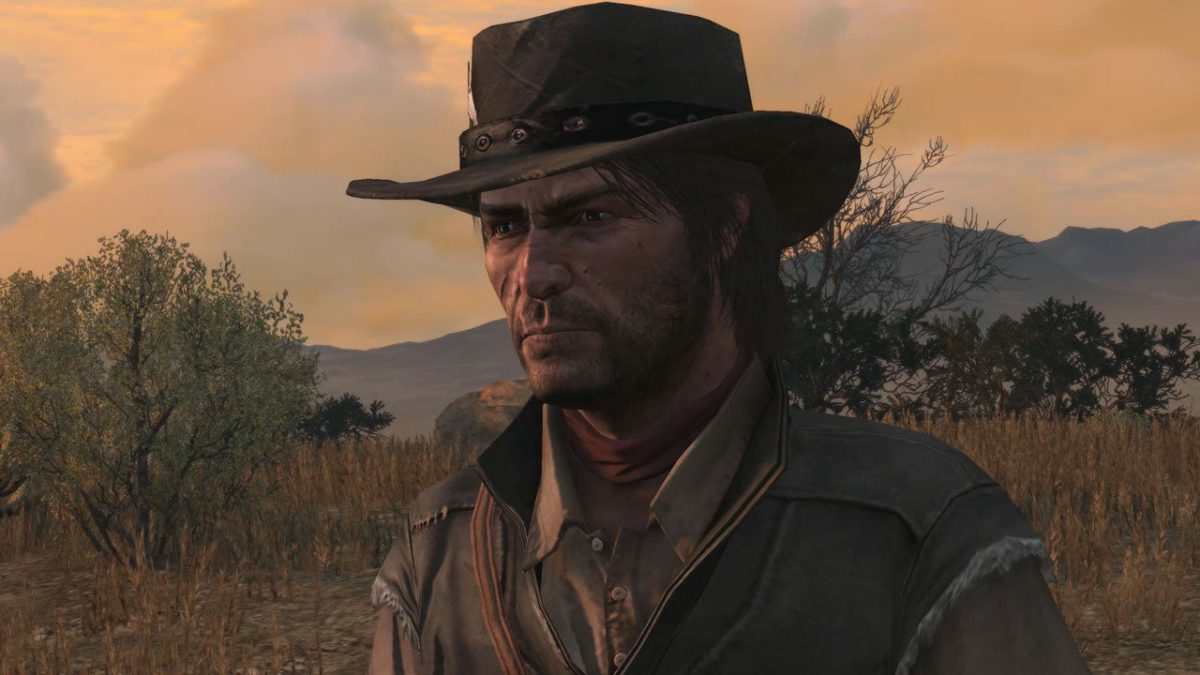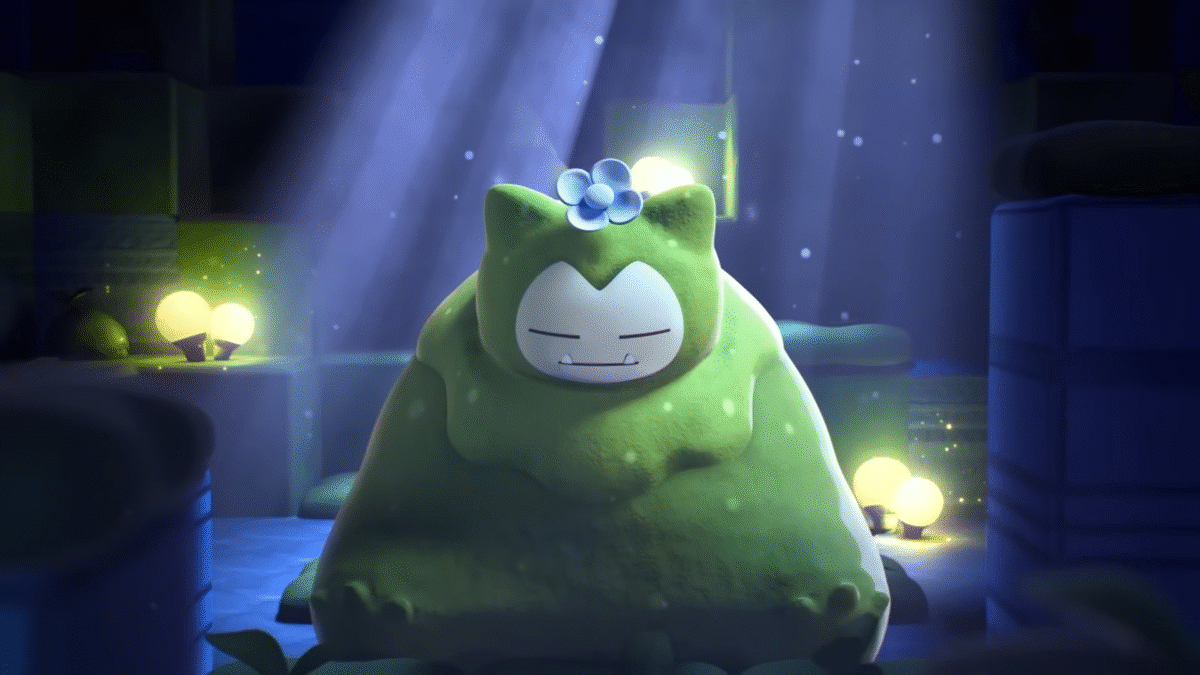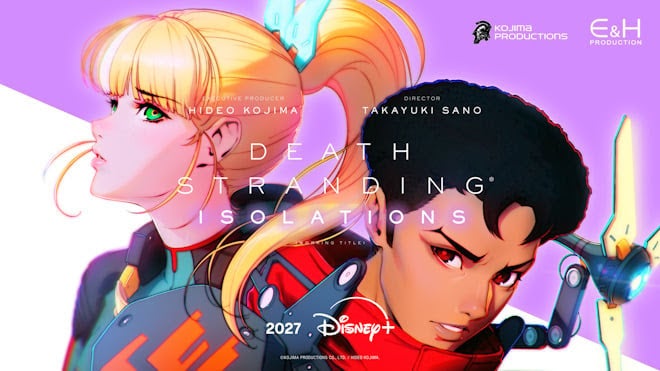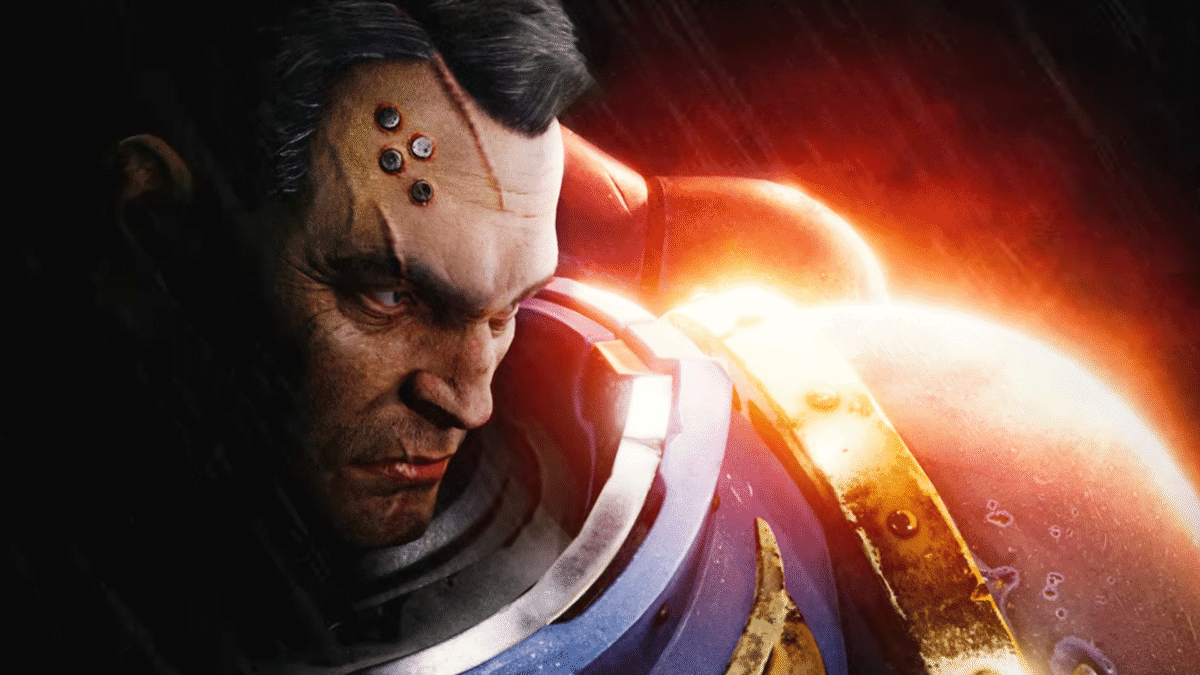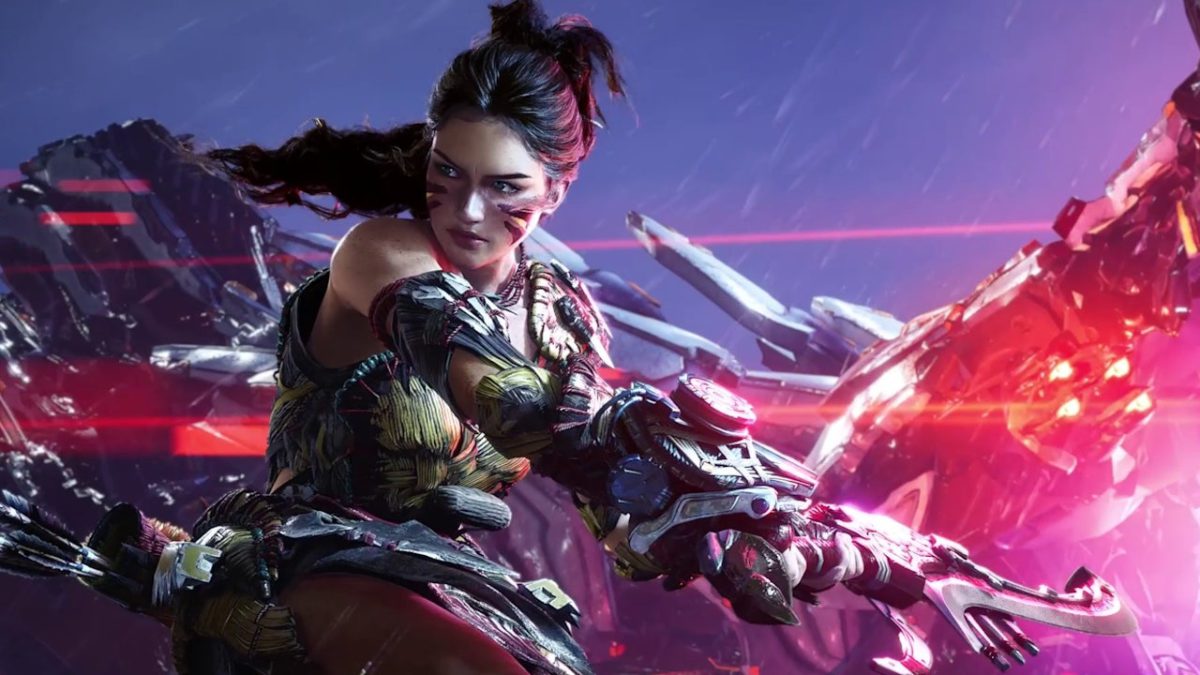
Attention trainers! Maxroll and IGN have teamed up to launch Planet Pokemon, a new strategy guide site and competitive Planner for your Pokemon team with a bunch of other cool features you won’t find anywhere else.
You can currently plan your Pokémon team using Planet Pokémon one-of-a-kind tools for four games: Pokémon Legends: Z-A, Pokémon Legends: Arceus, Pokémon Scarlet and Violet, and Pokémon Sword and Shield – and we are working on more Pokémon games now!
All of our Planner stats are powered by a deep Pokédex and curated by our team of Pokémon experts that brought you Maxroll, IGN, Eurogamer, and Map Genie’s decades of the very best Pokémon strategy guides out there. So how does this all work? We will have Eurogamer’s Pokémon lead Lottie Lynn walk you through it…
How to Use the Pokémon Planner
Whether you’re new to the Pokémon universe or a longtime player getting ready for your next nuzlocke challenge, our Pokémon Planner is here to help you organize your next team!
Since our Planner is divided up by game, you don’t have to worry about accidentally including Pokémon you can’t actually catch. Alongside this, we’ve also included the complete moveset for each Pokémon and every item they can hold. You can even play around with the EVs and IVs for a Pokémon. Combining all of these features together in one place means you can easily curate a team to suit your purposes.
Want to make a strong start in the online competitive world? Then use the Planner to ensure you have a balanced team! Want to see how changing one Pokémon could affect your team on the whole? Then our Planner will show you any weakness gaps that might appear! Want to build a team of six Magikarps for some reason? Well our Planner can help you do that too.
So let’s take a look at how it works!
Getting Started
The first step in using the Pokémon Planner is to select the game you wish to make a team for. You can easily do this by selecting the drop-down menu next to ‘Change Game’ at the top of the planner.
Before we go any further, however, it’s important to point out that you will need to be logged into Pokémon Planet if you want to save your planned team. It’s a good idea to do this before going any further! You can find the ‘Login’ button in the top right-hand corner of the page and there will also be an option to make an account too. We go over the exact details for saving your team further along in this guide.
Adding Pokémon
Once you’ve selected the game you’re playing, it’s time to add the Pokémon you want in your team. To do this, click on one of the six ‘Choose Pokémon’ boxes to open a menu containing all of the Pokémon in your chosen game.
Don’t worry, we’ve ensured that only the Pokémon present in each game’s Pokédex will appear. This means that, as long as you’ve selected the correct game, you won’t run into any unavailable Pokémon. Just remember that if you’re building a team for a version title, such as Pokémon Scarlet, you will need to keep an eye out for any version exclusive Pokémon.
There are three main ways you can search for Pokémon – simply scrolling down the list, searching by name or filtering by type. It’s possible to select multiple types too, which is handy if you’re looking for a dual type Pokémon. Selecting the ‘Mega Pokémon’ option will also allow you to just see the Mega Pokémon present in your chosen game. Though, keep in mind that Mega Pokémon are only available in select Pokémon games.
Since all of the Pokémon in your chosen game are available – including pre-evolved Mons, Legendary and Mythical Pokémon – you’re free to input whichever Pokémon you like. This could be your current team, your endgame goal or Pokémon you’re considering adding. No matter what you choose, I recommend adding six Pokémon so you’ve got a whole team to play with.
After selecting all of the Pokémon you either have or want in your team, it’s time to start filling in the details for each one. This includes adding their moves, stats and any item they might be holding. Let’s start with stats.
Adding Stats
The Stats section for each Pokémon can be found on the left-hand side of the Planner and will always display the Base Stats for each Pokémon. You’re also able to add its current Stats, including EVs and IVs.
The first step in adding your Pokémon’s Stats is to choose its Level. The Pokémon Planner selects each Pokémon’s Level to 100 by default, which is handy for organizing an endgame team.
If, however, you want to enter a Pokémon’s current level, you can do so by either selecting the number ‘100’ and changing it or by moving the blue slider beneath said number. Changing a Pokémon’s Level from 100 will automatically change all of its current Stats – found at the bottom of this section – to make the Level you’ve chosen.
Now it’s time to sort out the EVs and IVs, which is where things get a little complicated. This is because both are considered Hidden Stats, meaning you can’t see their exact values in-game. There’s a quick Hidden Stats explainer further along in this guide if you want to learn more about how exactly EVs and IVs work.
You’ve got two options when it comes to entering both into the Pokémon Planner – either put in the EVs / IVs you’re aiming for or do your best to figure out what they are in-game. If you’re going for the last option, keep in mind that the IV Judge Function typically doesn’t unlock until you’ve reached the postgame.
Once you’ve decided which option you’re going with, EVs can be entered either using the blue slider in the middle or by typing them directly into the left-hand column. Since you can only have 510 EVs for every Pokémon, the Pokémon Planner will helpfully prevent you from going over that number.
For IVs, you’ll need to change the number in the right-hand column. (Remember – it’s highly unlikely you’re going to have a Pokémon which has 31 perfect IVs for every stat.)
The changes you make to see values will be reflected in the Stat layout at the bottom of the screen.
Adding Moves
Adding Pokémon’s Moves is quite easy. Simply select the ‘Add Move’ button beneath the ‘Move’ subheading on the right-hand side of the page. This will open up a menu of all the moves this Pokémon can use in your chosen game. Here you can either search for a specific move or simply scroll down the menu. The moves a Pokémon can learn from TMs will also be available!
Remember – each Pokémon can only know four moves at a time and we’ve kept to this rule in the Pokémon Planner. If you want to remove a move, hover your cursor over it and select the ‘Change’ option.
Adding Items
To add an item, select ‘Add Item’. This will bring up a list of every item available in the game you’re building a team for. You can either scroll through the list or search for the one you’re looking for.
Once you’ve found the correct item, simply click on it and it shall be added to your Pokémon!
Now you just need to repeat this process for all of the other Pokémon in your team.
Team Defense and Team Coverage Explained
After filling in all of the information for your team, take a look at the ‘Team Defense’ and ‘Team Coverage’ sections.
Team Defense will give you an idea of what types your team currently includes (based on both Pokémon and moves) and the weaknesses you need to keep an eye out for. A blue line means that you’ve included these Pokémon types, while a red line means one of your included Pokémon is weak to this type.
Team Coverage, meanwhile, informs you which Pokémon types your team has an advantage over. The more little blue bashes beneath a type, the more Pokémon you have in your team that can counter it. If a type doesn’t have a dash at all, then you might want to consider changing your team!
How to Save Your Team
To save your planned team, you first need to log into Planet Pokémon. You can do this by using the ‘Login’ button in the top right-hand corner of the screen. After this, either login or make an account if you’re new!
Next, click the ‘Manage Teams’ button which can be found above the Pokémon you’ve entered for your team. Here you’ll be able to name your current team, save it, create folders to organize your various teams in and be able to create new teams too.
To save a team, first give it a name by entering something into the box containing the words ‘Name your Team’. Once you’re happy, select ‘Save Current Team’. This will automatically save your team into the folder you’ve currently got selected.
After saving a team, you’ll be able to change its name, make a copy or delete it by using the options found on the right hand side. You can also move a team to a new folder by dragging and dropping it.
A Note on Hidden Stats
The EV and IV for every individual Pokémon are considered Hidden Stats. This is because, while you’re able to get an idea of what they are, you’ll never be able to see the exact number for each one.
It’s also worth noting that Gen 3 changed how EVs and IVs worked. The following explanation follows those rules, so will not be applicable for the Gen 1 and Gen 2 games.
EVs – Effort Value – corresponds to each of the six main stats. Each Pokémon has a total amount of 510 EVs divided across these stats, with the maximum one stat can have being 252 EVs. Depending on the game, various items, such as Vitamins, Berries or Feathers, can be used to train or deplete an EV. Depending on the game, you should be able to view a Pokémon’s EVs on the Stat page of their Summary. Just keep in mind that you won’t be able to use the exact value.
Each main stat also has an IV – Individual Value – which is calculated based on the Pokémon’s Base Stats, Nature and EVs. Typically an IV can not be changed unless you use Hyper Training to maximise it. IVs range from 0 to 31 – with 0 being the worst and 31 being perfect. Each Pokémon game has a Judge Function which can be unlocked, usually by reaching the postgame, that will give you an idea of what a Pokémon’s IVs are.
But Wait… There’s More
Beyond the the Builder, Planet Pokémon offers these helpful services for Pokémon Legends: Z-A:
- A complete, sortable, in-depth Pokédex for Pokémon Legends: Z-A, Pokémon Legends: Arceus, Pokemon Scarlet and Violet, and Pokemon Sword and Shield.
- An interactive map for Pokémon Legends: Z-A, powered by Map Genie, with the locations of all Wild Zone Pokemon, Colorful Screws, Mega Stones and more.
- A complete, sortable item database from Antidote to Zinc for Pokemon Legends: Z-A, Pokémon Legends: Arceus, Pokémon Scarlet and Violet, and Pokeémon Sword and Shield.
For more on Pokeémon Legends: Z-A check out our latest coverage like How get Diancite and Baxcalibrite, and all the rare stone locations, a full list of all TMs, and a bunch of news on the upcoming updates here.

